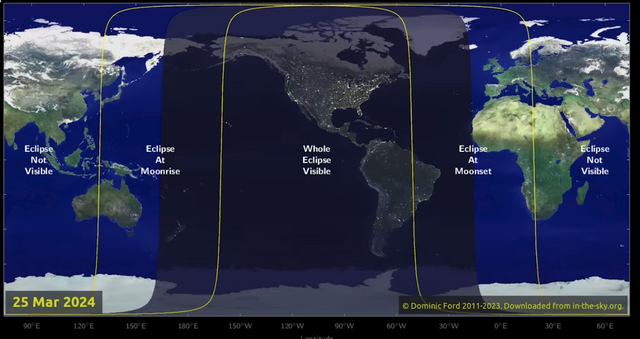RE: 2024 Extraordinary Eclipse! Where it's going and where it's BEEN! 10 Interesting Facts and how Bizarre how Bizarre? You decide!
It's interesting to note that 12P which could make an appearance during the 2024 solar eclipse has a nickname. . .
Comet 12P is a Halley-type comet discovered by Jean Louis Pons in Marseilles, France, in 1812, according to NASA's small body database. Last year, as 12P began to heat up and its eruptive behavior began increasing, the comet earned the nickname the "Devil Comet" because of its hornlike appearance.
This comet completes an orbit around the sun about every 71.2 years.
In late July 2023 this comet earned the nickname after experiencing an outburst
releasing substantial gas and dust, leading to a dramatic increase in brightness
by a factor of almost 100 over night.
This was the first outburst in 69 years.
As of November 2023, it had erupted four times.
The outburst resulted in the comet's comma taking on a unique shape.
Many felt it resembled a horseshoe or had horns.
30x faster than the fastest F-16
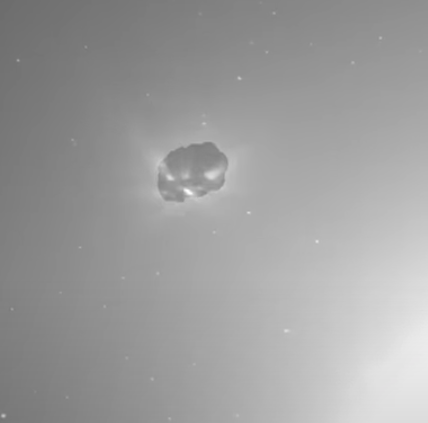
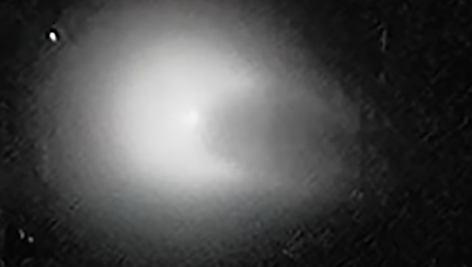
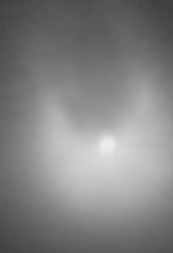
So the media started portraying it as the devil comet!
Check it out. . .
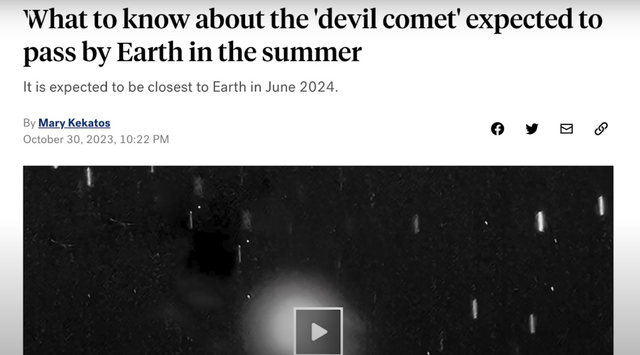
Here is the most current information,
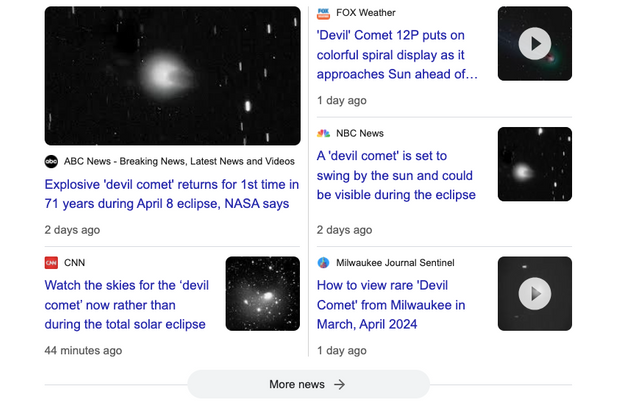
CNN suggests that you,
Watch the skies for the ‘devil comet’ now rather than during the total solar eclipse
According to CNN
An unusual horned comet notable for a series of recent outbursts will be visible in the night sky for the remainder of March — and astronomers expect the so-called devil comet to make a rare appearance during the total solar eclipse on April 8.
Exactly why the dynamic comet takes on a shape that has drawn comparisons to the Millennium Falcon spacecraft from the “Star Wars” films when explosively active is still an enigma to scientists. But the celestial object only completes one orbit around the sun about every 71 years, similar to Halley’s Comet, which make the odds of observing it for close study a once-in-a-lifetime opportunity.
Given that the comet won’t pass by Earth again for decades, collective observations by astronomers could provide key insights into the true nature and behavior of Pons-Brooks.
https://www.cnn.com/2024/03/21/world/devil-comet-pons-brooks-eclipse-scn/index.html
Officially known as Comet 12P/Pons-Brooks, the celestial object will make its closest pass of the sun on April 21, coming within 74.4 million miles (119.7 million kilometers) of our star. The comet will then make its closest pass of Earth on June 2, but it will be 139.4 million miles (224.4 million kilometers) away from our planet and won’t pose a risk.
For those in the Northern Hemisphere, the last 10 days of March will offer the best view, according to Dr. Paul Chodas, manager of the Center for Near-Earth Object Studies, and Davide Farnocchia, navigation engineer, at NASA’s Jet Propulsion Laboratory in Pasadena, California.
“The comet will brighten a bit as it gets closer to the sun, and it should be visible to the naked eye low in the west about an hour after sunset,” according to a joint email from Chodas and Farnocchia. “You should go to a location away from city lights and with an unobstructed view of the western horizon. It would be advisable to use a pair of binoculars, since the comet may be hard to locate without them.”
According to Fox Weather,
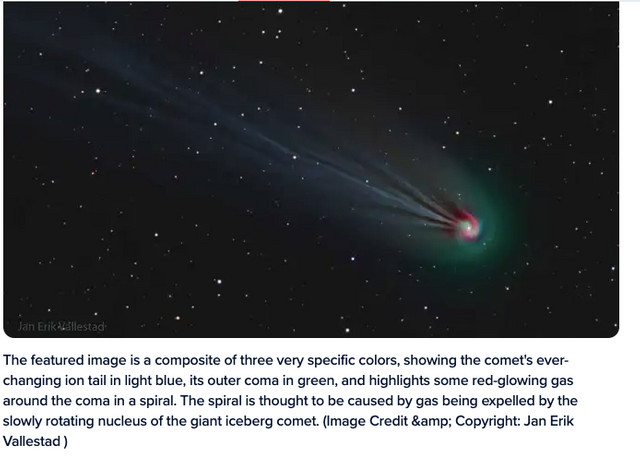
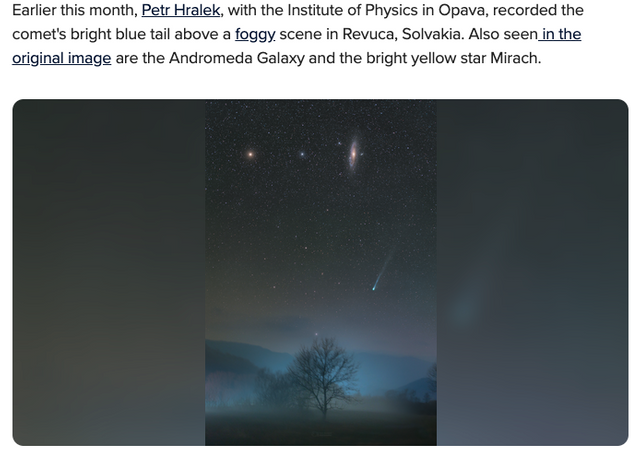
Seen despite a foggy atmosphere, Comet 12P's green coma and long tail hover near the horizon in this well-composed deep night skyscape from Revuca, Slovakia recorded on March 5. The Andromeda galaxy, and bright yellowish star Mirach, beta star of the constellation Andromeda, hang in the sky above the comet. (Image Credit & Copyright: Petr Horálek / Institute of Physics in Opava)
https://www.foxweather.com/earth-space/devil-comet-12p-sun-total-solar-eclipse
According to ABC News,
Likened to Halley's comet, which has an orbit of 76 years around the sun, 12P/Pons-Brooks is a short-period comet, meaning one that has an orbital period of between 20 and 200 years.
Scientists have estimated the devil comet has a diameter of at least 17 kilometers, or 10.5 miles, according to the American Astronomical Society.
The comet's periodic explosions or "outbursts" make it brighter, easier to spot with telescopes and, in some cases, "something people can see from their backyard," Dr. Theodore Kareta, a postdoctoral researcher at the Lowell Observatory in Flagstaff, Arizona, previously told ABC News.
2P/Pons-Brooks experienced a major outburst in July 2023, when it suddenly became 100 times brighter, and continued to have periodic explosions on Oct. 5, Nov. 1, Nov. 14, Dec. 14 and Jan. 18, 2023, respectively, according to Space.com.
"There aren't that many comets that have outbursts, these sudden increases in brightness, that are so strong, and even fewer that have them a couple of times during one orbit. It seems like Pons-Brooks ... is just really active," he continued.
Dr. Eliot Herman, a retired professor at the University of Arizona and an amateur astronomer who has captured images of 12P/Pons-Brooks with a remote telescope, encourages viewers to keep an eye out for the devil comet in the coming months.
"People have historically looked up at the sky since people first became self-aware, and being amazed at the events that occur above us is something that goes back far before civilization," he previously told ABC News. "The events in the sky touches all, I think, in a very historic way. The universe is a big place and a lot of amazing things are occurring all around us. It's worth getting out there and just looking at it and be awestruck."
Which is interesting because we were told in the Bible. . .
At the end of March once again, you can see the devil comet in the west soon after sunset.
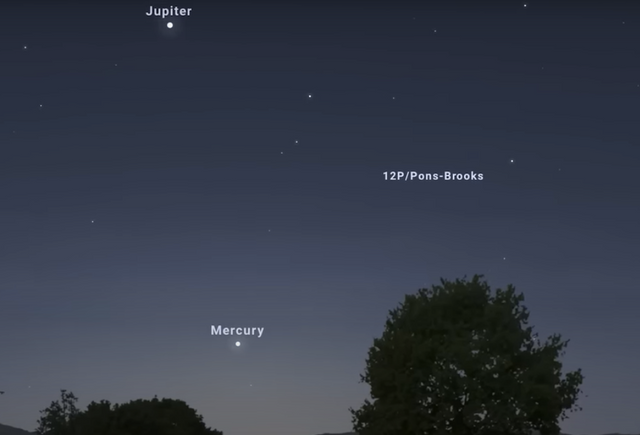
After the 2024 solar eclipse it is due to make a close approach to the sun on these dates,
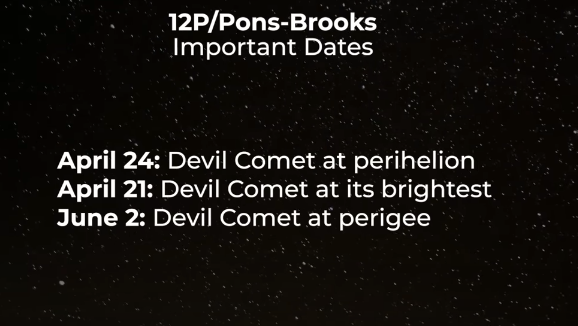
It's also important to note,
The March 2024 penumbral lunar eclipse will start at 1 a.m. Eastern on Monday, March 25 (10 p.m. Pacific on Sunday, March 24) and end at 5:30 a.m. Eastern (2:30 a.m. Pacific).
Penumbral eclipse occurs
when the moon only grazes the earth's outer shadow [a penumbra]
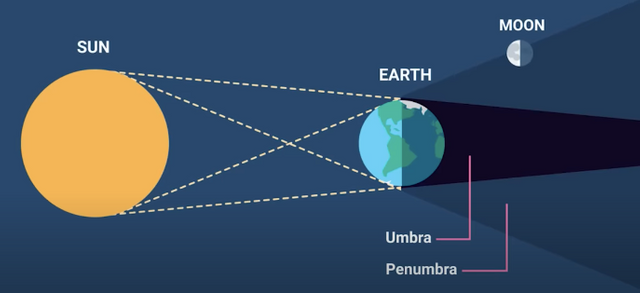
This results in dimming of the moon's brightness,
but not as dramatic as a total or partial eclipse.
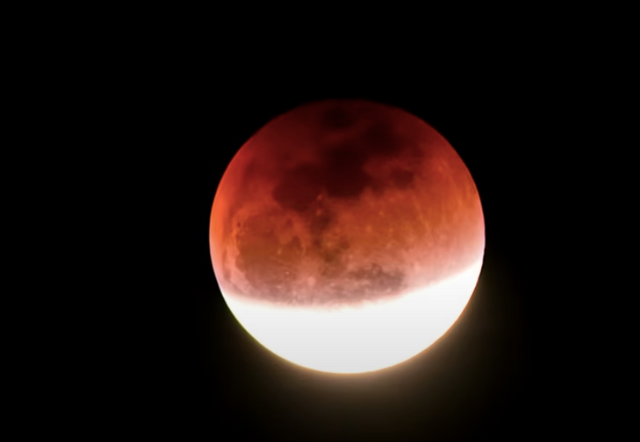
This penumbral eclipse on 3.25.2024 will be visible for
much of the Americas, Antartica, Alaska and north eastern Russia.
